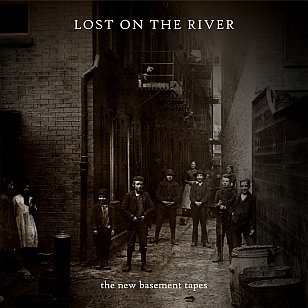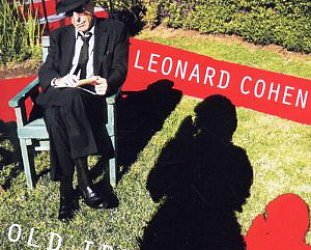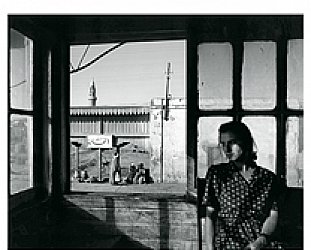Graham Reid | | 2 min read
Rhiannon Giddens: Lost on the River

The provenance of these hitherto unknown lyrics by Bob Dylan is discussed in our interview with the album's producer T Bone Burnett, but briefly the story is this: Dylan's publishers approached Burnett saying Bob had discovered a box of lyrics from '67 and would he (Burnett) like to do something with them.
To hear Burnett tell it, at that point Dylan dropped out of the picture and even at the time of this writing Burnett hasn't spoken to him about the project . . . for which he brought in Elvis Costello, Jim James from My Morning Jacket, Marcus Mumford of Mumford and Sons, Taylor Goldsmith from Dawes and Rhiannon Giddens from Carolina Chocolate Drops.
Over a very short period they pulled the words into song and here they are: 15 on one disc and 20 on the expanded edition.
To be honest, you'd be hard pressed to discern a single authorial hand behind these songs which shift from the brooding Down on the Bottom (James), the flippant Married to My Hack (Costello) and the soulful Spanish Mary (Giddens) which Burnett correctly describes as sounding like it was written 300 years ago.
But we must remind ourselves that the guy who wrote these also penned Love Minus Zero, Rainy Day Woman ("everybody must get stoned") and Memphis Blues again (among many others) in a similar space of time.
So these are a mixed bag of words and equally mixed treatments. It is easy to dismiss the playful and raucous Duncan and Jimmy (banjo and knee slap), the lyrically silly Card Shark and Married to My Hack (could have fitted around his Imperial Bedroom era) which are kinda fun.
The real deal comes with Down on the Bottom which James delivers with an increasngly soulful roar ("no way to go but up, always been in trouble, nearly all my life") and Liberty Street by Goldsmith is lovely ballad.
Kansas City is mentioned in a few places and the piece with that title is country-folk which might have been a nice inclusion on Dylan's Self Portrait, although you suspect Bob in acoustic mode would have offered a much less pained delivery than Mumford applies to it.
When I Get My Hands On You is a slight piece by Dylan but the stalking soulful style Mumford brings elevates it into something more special. He also turns in a fine performance on the ballad Florida Key.
Spanish Mary -- initially over spare fiddle and plucked banjo -- is a standout as Giddens takes it in a timeless Anglo-folk direction, as is the cheerful funk of Nothing To It ("there was no organisation I wanted to join"). And Hidee Hidee Ho is a slippery piece by James with Giddens providing sensual background vocals which might have come from a Leonard Cohen session.
There are two versions of Lost on the RIver on the truncated disc (the first by Costello who gets out his vibrato but keeps it in check, the last by Giddens where it becomes a very different rumination with a gospel touch in the chorus. And the lines speak of what Dylan must have been going through at the time: "The waves they rolled and tumbled over me, I spied dry land and a tall veiled tree, I knew that soon that's where I'd like to be".
The motorcycle accident had given Dylan the dry land he craved, and within the bosom of family life and working with fellow musicians who would emerge as The Band gave him a tree with deep roots to cling to.
So this is an installment in the on-going rediscovery of Bob Dylan . . . . but not an essential one unless the man he was at this time still fascinates.
Judicious sampling is the key.





post a comment